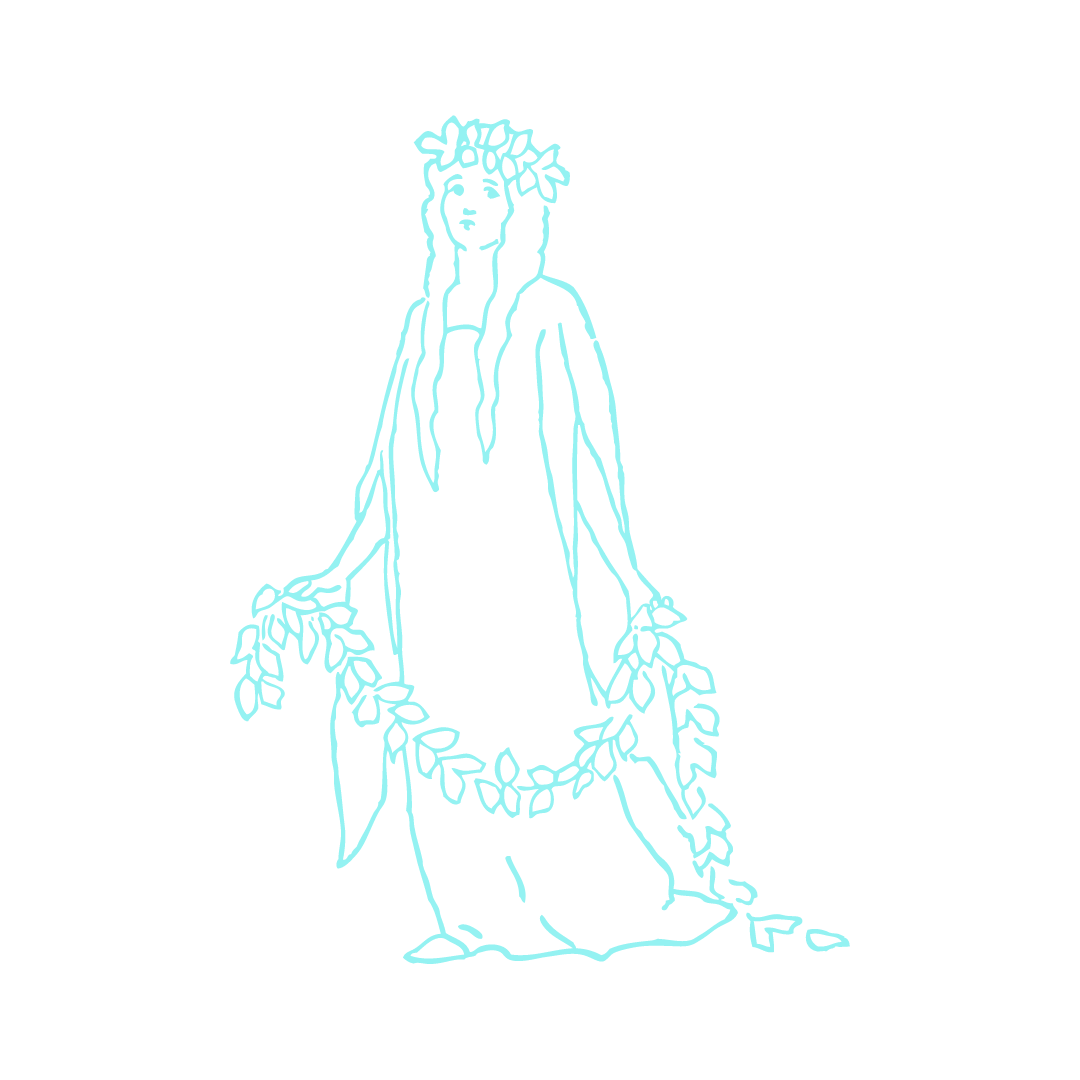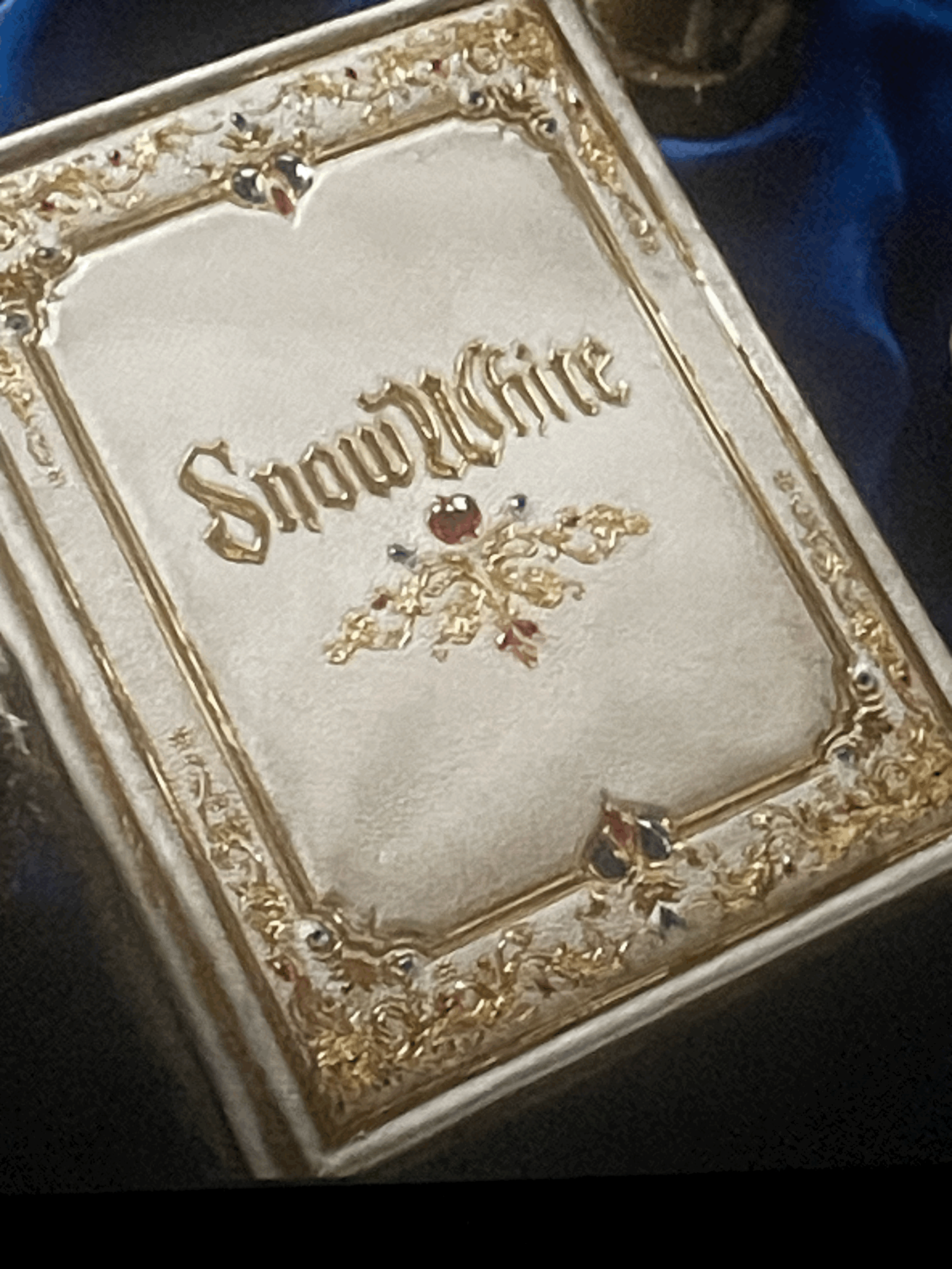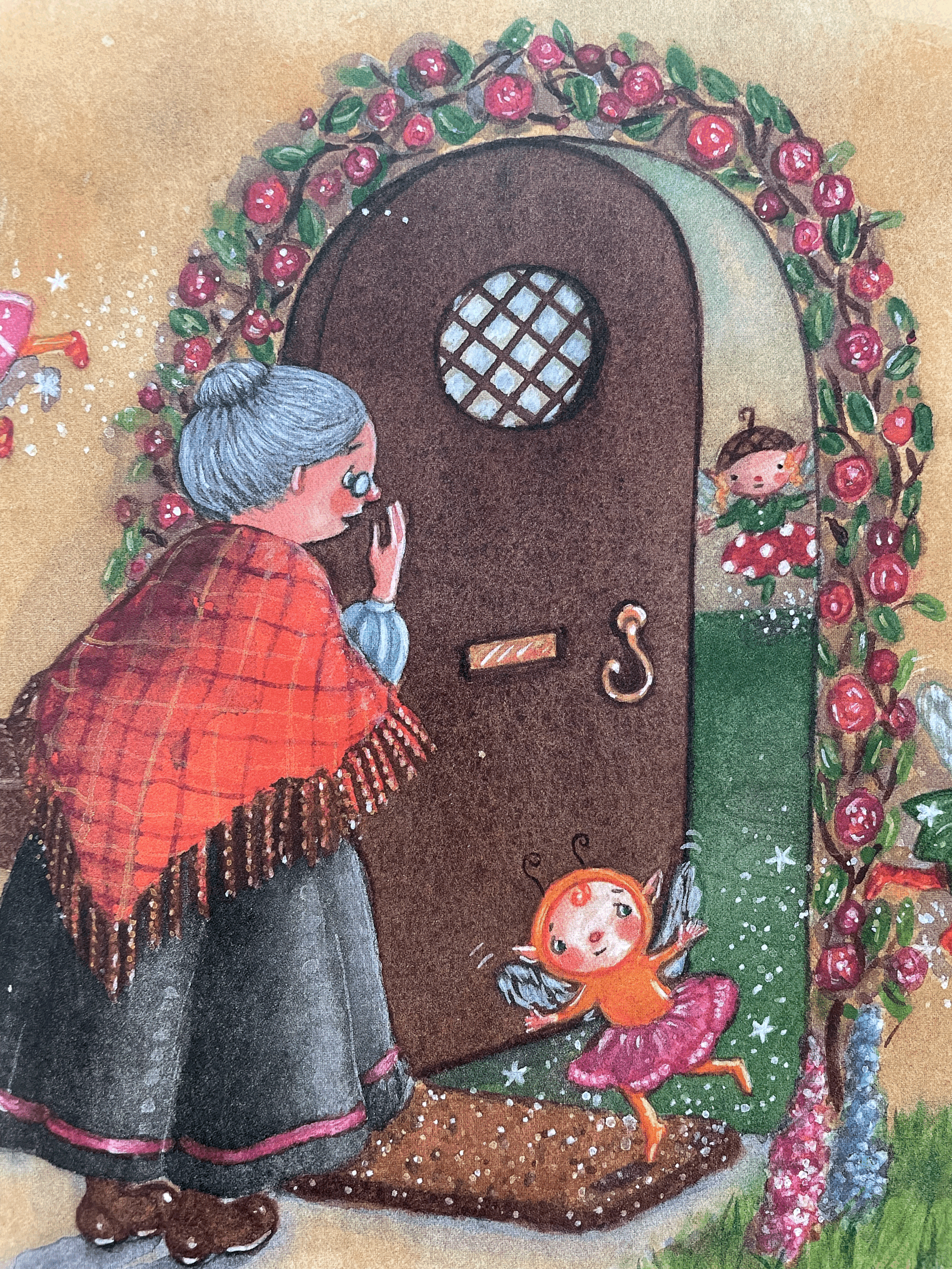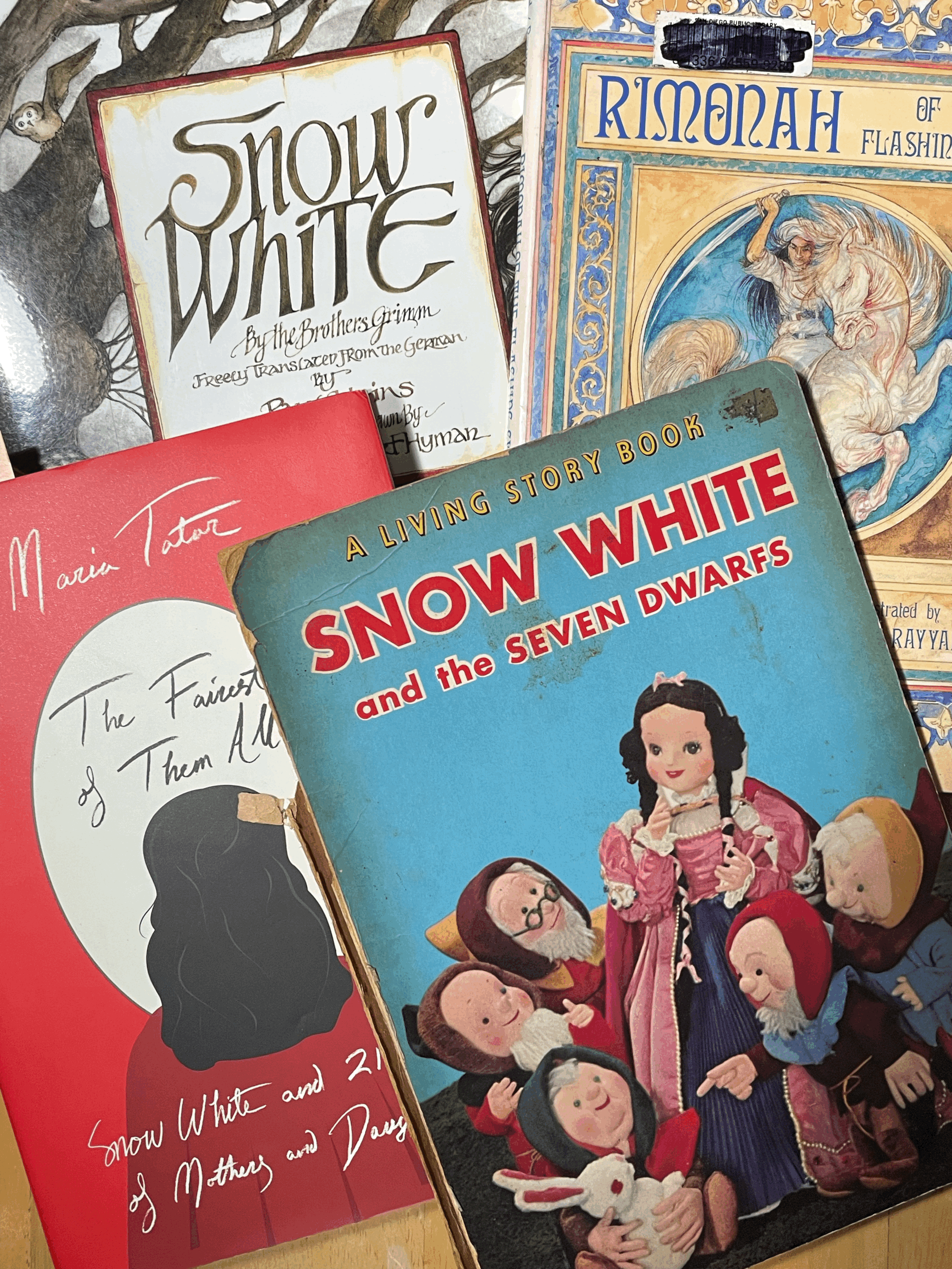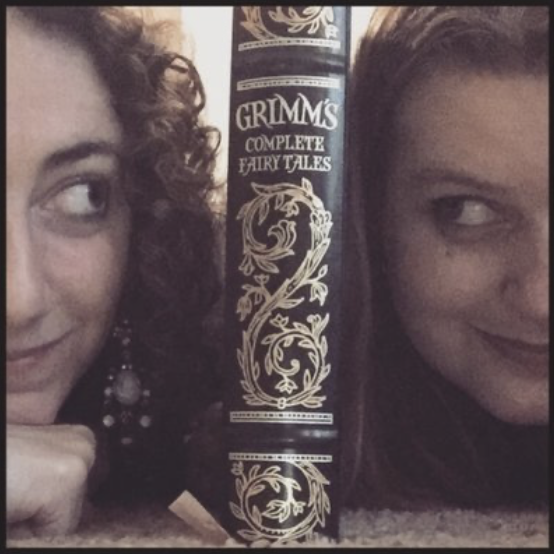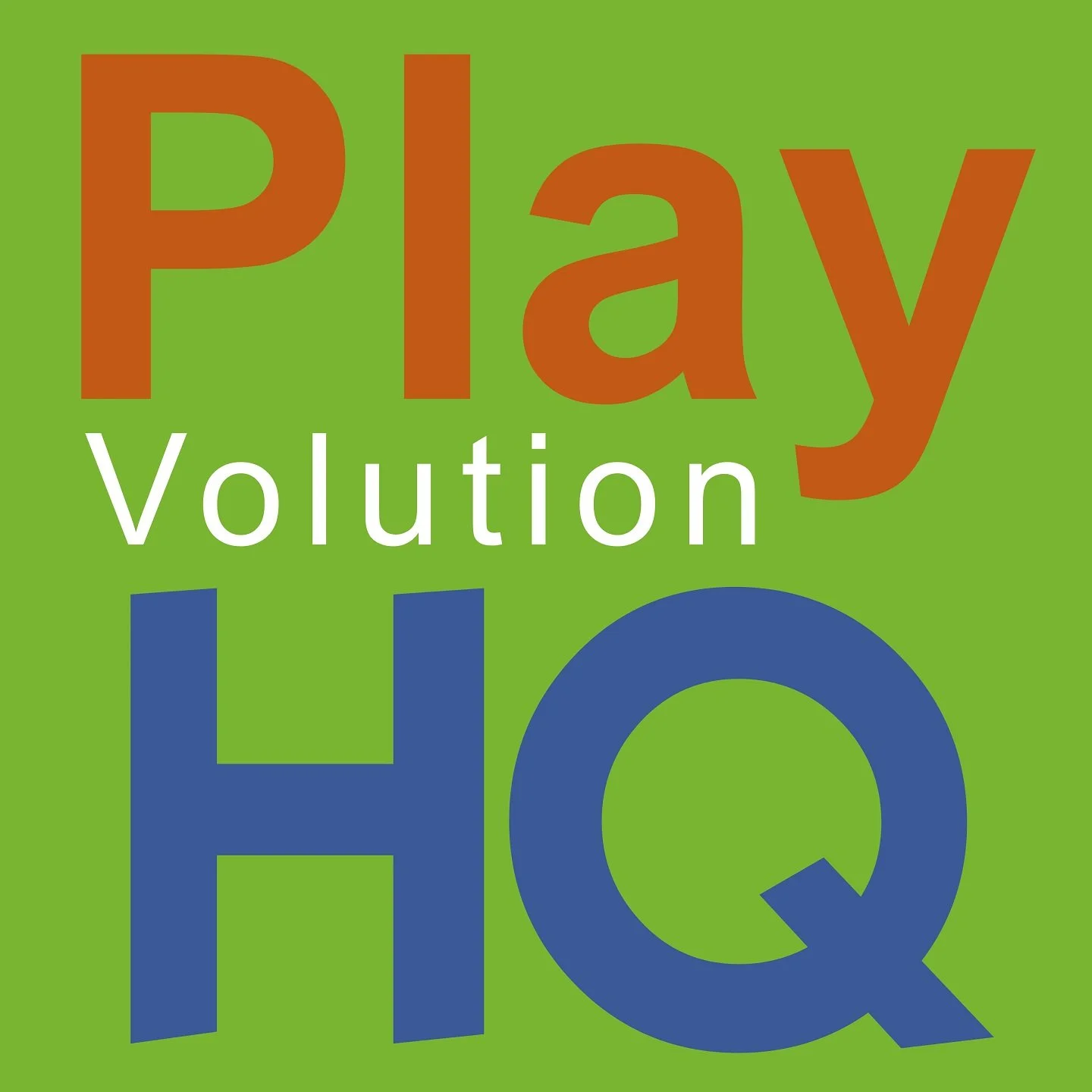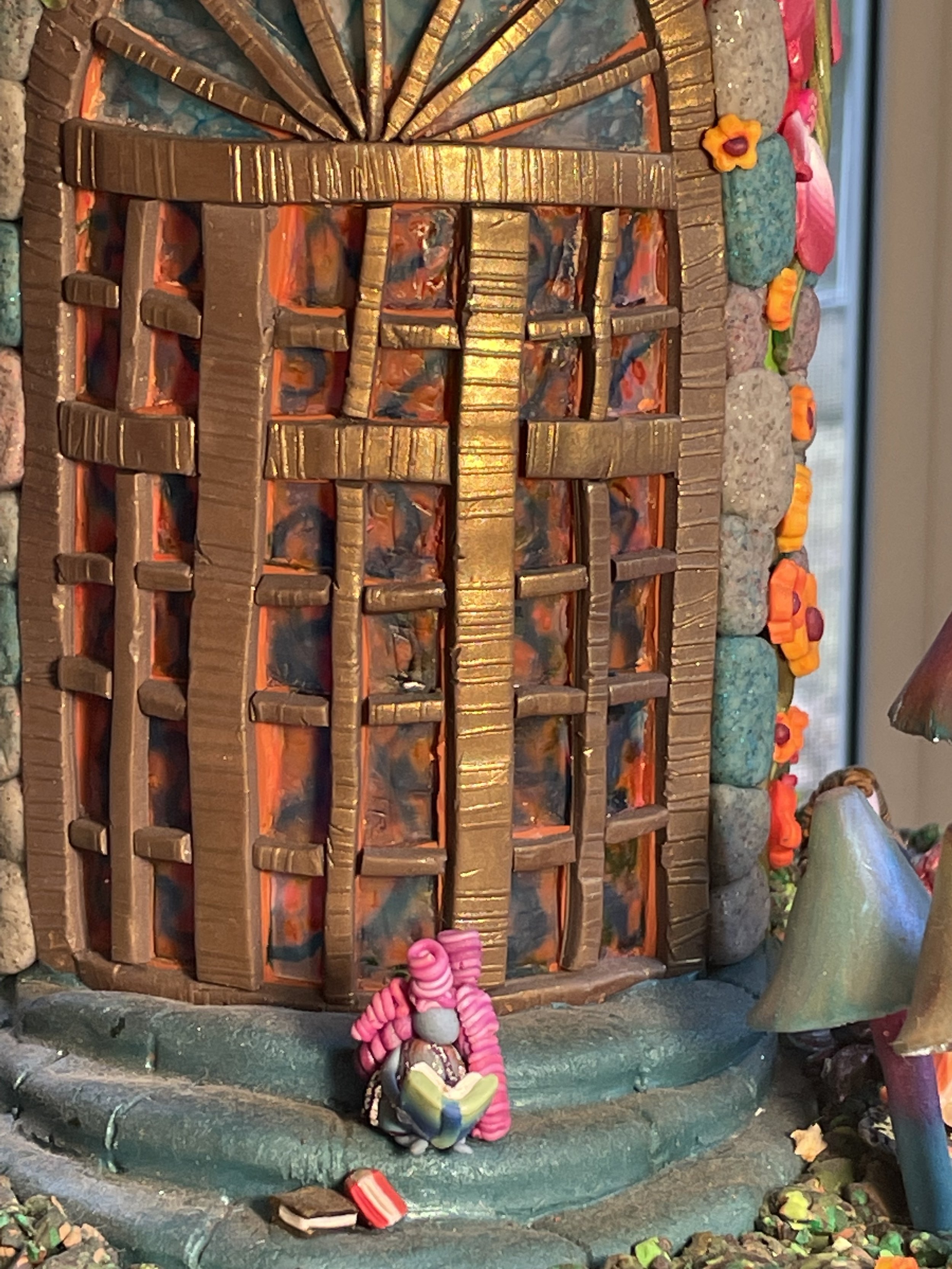
Fairy Tales 101
What are fairy tales?
So what ARE fairy tales? We throw the term around to reference many things, both specific to literature, and to life! Ask a folklorist, and you will likely get a very different answer from the average adult, who may think that “fairy tales” is a generic term for any children’s story that has an element of fantasy in it (such as The Little Engine That Could which is NOT a fairytale!). Many even think that Disney wrote the fairytales that dominate popular American culture. NOT TRUE!!!!
To complicate things, fairy tales can be either “traditional,” coming from the vast pool of stories passed by storytellers on via word of mouth for centuries before they were ever written down, or “literary:” stories written by one individual author, such as Hans Christian Andersen’s Little Mermaid, or James Barrie’s Peter Pan.
There are thousands of amazing stories that children love. But there are certain characteristics of traditional fairy tales that seem to align perfectly with what children in the 21st century need…as they’ve aligned perfectly for centuries with the unique and wondrous way that children (and adults!) make sense of the world.
“Fairy tales” is the label that serious scholars of folklore gave them back in the 19th century, and it’s pretty much stuck (although modern folklorists are leaning towards “wonder tales’ now, since many tales, especially from other cultures, have wonder and magic, but no fairies!). Other categories of folk narratives that have been passed down by storytellers, such as folktales, myths, and legends may contain unusual events, such as talking animals or heroes that overcome great obstacles with superhuman wit or strength.
But it is only fairy tales that have magic as a primary factor in the plot.
Fairy tales aren’t tied to a specific time or place; “once upon a time” allows us to enter the story with no expectations that it’s going to be like anything we have ever experienced. Places are “the forest,” “the castle,” “the cottage:” all of which invite us to create a world in our imaginations where anything can happen!
Fairytale characters are stock characters: “the youngest son,” “the princess,” “the evil witch.” This offers us a familiar vocabulary of flat characters which storytellers, and the rest of us, can bring to life! If they have names at all, they are generic, like “Jack,” or have to do with the character’s situation, like “Cinderella” who slept in cinders.
The plots of fairy tales are simple and action-packed. Every event has something to do with the obstacle to be overcome, the problem to be solved, or the quest to be conquered. Exactly the right solution comes at exactly the right time, often in the form of a magical helper or object.
Fairytales are known for their endings, where everyone lives “happily ever after.” However, before this happens, good has to triumph over evil, and it’s often the young, the weak, and the disenfranchised who manage to save the day by overcoming great adversities.
Perhaps the most important characteristic of fairy tales is that they are universal.
Many of the fairy tales American children know from Disney and other media have dozens, and even hundreds, of variants that have been told in far-flung cultures around the world for hundreds of years. Each storyteller tweaks the story to reflect the traditions and norms of the spellbound listeners, but the stories usually revolve around universal concerns and relationships, and how to best meet the demands of the world.
Discover the magical world of fairytales, and you’ll be unlocking treasures of diversity, equity, and our common needs for connection and resilience (while having a delightful time imagining!)
Curated materials from the Resource Hub
The curated resources on this page will guide you on your learning quest!
From the Blog
What Is A Fairytale?
This cleverly done video featuring British children’s author Michael Rosen explains the key elements of a fairytale in an accessible way. Fairytale characters are magically sketched to illustrate what he is talking about. Note: although created for a British writing project, the content is applicable to everyone, and would be a good introduction to fairytales for older children.
This Beautiful Thing: Folklore
#Folklore Thursday is a global community of people who study, collect, tell and just plain love all varieties of folklore. This short video highlights reasons that folklore is so important to our cultural well-being. While it doesn’t focus specifically on fairytales, which are a sub-category under the giant folklore umbrella, the message applies.
SurLaLune Fairytale Website
SurLaLune is a go-to website for all things fairytale. There is an outstanding collection of articles and resources, as well as a section that features many popular fairytales with their history and variants from around the world. Fairy godmother/website creator Heidi Heiner provides links to text versions of many of these global tales, when available, and also has suggestions for picture book versions.
Terri Windling's Myth and Moor:
Folklorist, author and editor Terri Windling has a robust website with many fascinating blog posts and essays about all things fairytale. All are beautifully illustrated with classic fairytale images, and feature thought-provoking quotes from many of the world’s most beloved authors and thinkers. This link (click on picture) takes you to a long list of posts about many aspects of folk and fairytales, including deep dives into some of your favorites.
The Carterhaugh School of Folklore and the Fantastic
Award-winning folklorists Dr. Brittany Warman and Dr. Sara Cleto love fairytales so much that they started their own school devoted to them! They have many resources, a wonderful weekly newsletter, fascinating classes and an archive of blog posts to get lost in. This link is to a blog post on five MORE great websites to learn about folk- and fairytales.
The Cinderella Project
Is Cinderella your person? Then you have to check out this tremendous website filled with all things Cinderella! A project from the University of Rochester (which has a dynamic Library Science/Children’s Lit program), the site is filled with articles, illustrations, and information about this remarkable heroine, who dates back thousands of years and continues to sparkle 21st century life. Especially helpful are the links to variants from every culture in the world. From Africa, to Asia; Appalachia to Native American tribes; Scandinavia to the Middle East: Cinderella and her sisters (and, occasionally, brothers) have scattered their shoes around the world.
Folk Tales & Fairy Tales & Nursery Rhymes, Oh my!
Early childhood professional Jeff A. Johnson has made it a mission to find and share little known folk literature on his site. Hundreds of stories, rhymes and songs, in searchable databases, ready for you to use or adapt!
